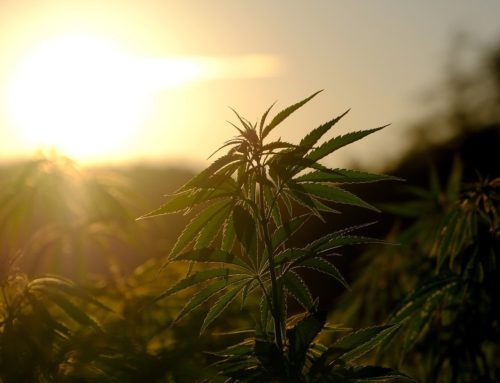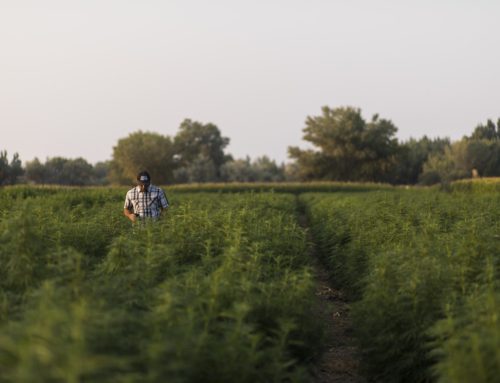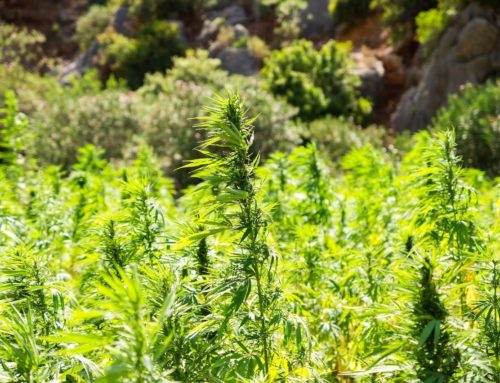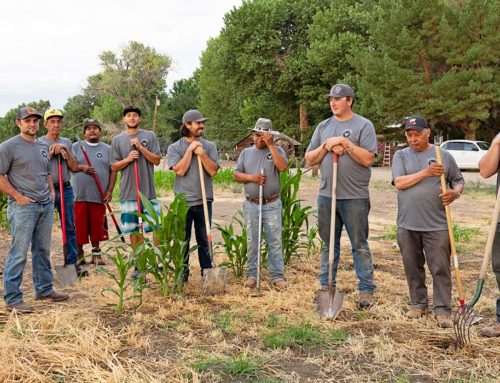Those familiar with cannabis will tell you it truly is a miracle plant. While some are invested in the medicinal qualities that come from marijuana, others focus on the fibers. As laws relax around research and development around cannabis, specifically hemp, thanks to updates to the Farm Bill of 2018, more and more industries are realizing the range of uses that come from hemp fiber.
What is Hemp Composite?
Composite materials are derived from fibers, whether natural or synthetic. The fiber gives the composite its tensile strength, ultimately enhancing its performance. Although, within a composite matrix, natural fibers are actually bundled together and held by lignin, so a single natural fiber alone doesn’t fully make up fiber composites.
Hemp fibers are found in the stem of the cannabis plant. Like many other natural, or bast, fibers such as bamboo, coconut, flax, jute, sisal, kenaf, and more, hemp fibers act as strong reinforcement in composite materials. Glass fibers are the oldest and most common fiber reinforcement and incredibly enough, the mechanical properties of hemp fiber are comparable to glass fibers according to a review in the Journal of Composite Materials.
Because of hemp’s incredible properties that act as reinforcements in composites, it is currently being used in the automotive industries for reinforcement of door panels, passenger rear decks, pillars, and boot linings. Hemp fiber is also being used in the construction industry to make an alternative to building materials. Ever hear of hempcrete? Other industries that are taking advantage of hemp fibers include:
- Pulp and paper
- Food
- Wastewater
- Thermal insulation
- Construction
- Fashion
- Aerospace
Hemp Fiber
Hemp fiber is known for its high strength, but it is also cost-effective. Cannabis is much cheaper to grow than cotton, flax, or other vegetable fibers and is a hardier plant that doesn’t require pesticides or herbicides to grow well. Cannabis is also considered an easy plant to process and recycle.
Ultimately, hemp is a renewable resource which means it has less of an environmental impact compared to synthetic fibers and is more cost-effective.
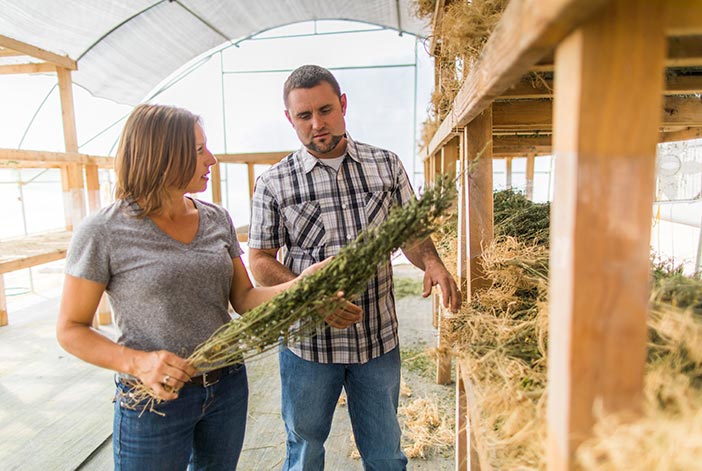
Carbon Fiber
Carbon fiber is considered a high-performance fiber along with aramid fiber (Kevlar), boron fiber, and polypropylene fiber. It is lighter and stiffer than glass fiber, and very strong. Carbon fiber has a significantly high compression strength but is the most expensive synthetic fiber available. Carbon atoms are bonded together to make the fiber, which is then mixed with plastic resin to create the carbon fiber polymer we are familiar with in products.
Once carbon fibers are mixed with other composites, such as plastic or graphene, it creates a rigid material with a high strength-to-weight ratio. However, carbon fiber becomes brittle which is where it can benefit from mixing with natural fiber composites.
Hemp Fiber vs Carbon Fiber
It has been established that both of these fibers are incredibly strong. While there are situations that require one or the other, there are some benefits of using hemp fiber in place of carbon fiber and vice versa. For example, hemp fiber has a much higher vibration damping capacity which makes it more useful in sporting goods and musical instruments for its acoustic properties while carbon fiber is better with thermal stability, has less strength degradation, and possesses better impact properties. Hemp fiber is also significantly cheaper than carbon fiber to buy and process.
However, it isn’t necessarily one fiber against the other. Many companies are seeing the benefit of combining the two fibers to make a hybrid between hemp fiber and carbon fiber for higher performance. Carbon and hemp are being mixed to make light-weight, yet strong, products including bikes, skis, car parts, and even parts for planes and rockets. Carbon fiber is used in places in the product that might experience intense mechanical stress, while natural fibers are used in other areas for higher pliability and better water absorption. The two fibers together can create a composite with high tensile strength and flexure, further enhancing its mechanical strength.
Western States Hemp
We know hemp. As hemp farmers, we supply businesses in a variety of industries with raw materials including hemp fiber and biomass, hemp seeds and oil, trimmed flower and CBD isolate, and cloning genetics. We are Nevada’s leading grower of hemp and currently farm over 2,000 acres of the cannabis plant. If you’re in the market for large-scale hemp production, we can be your resource.
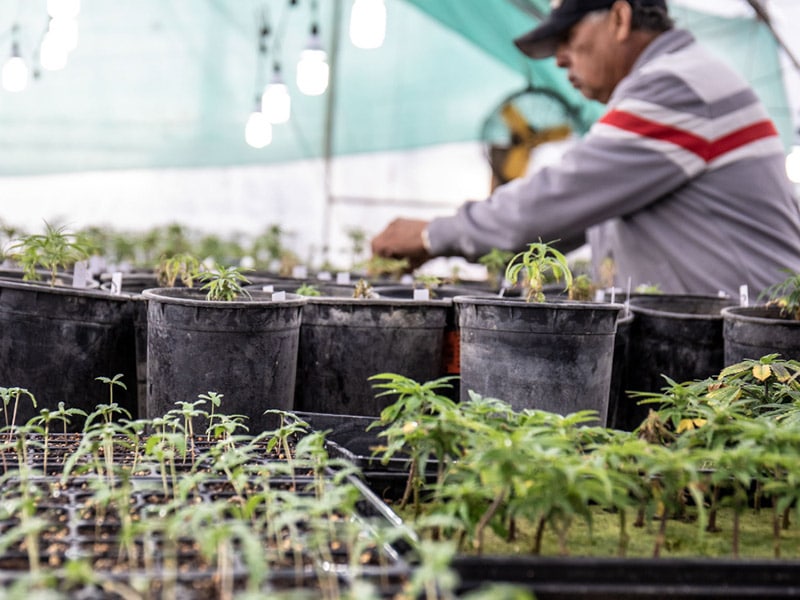
Whatever your use for this miracle plant, we can help supply it. Reach out to see where Western States Hemp can help with your hemp needs. Start a project with us today!
